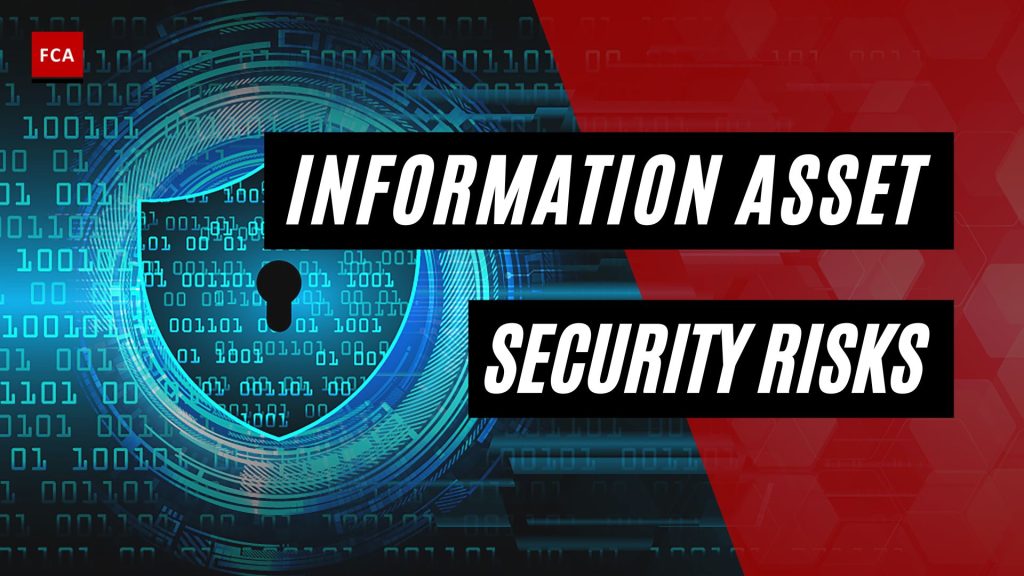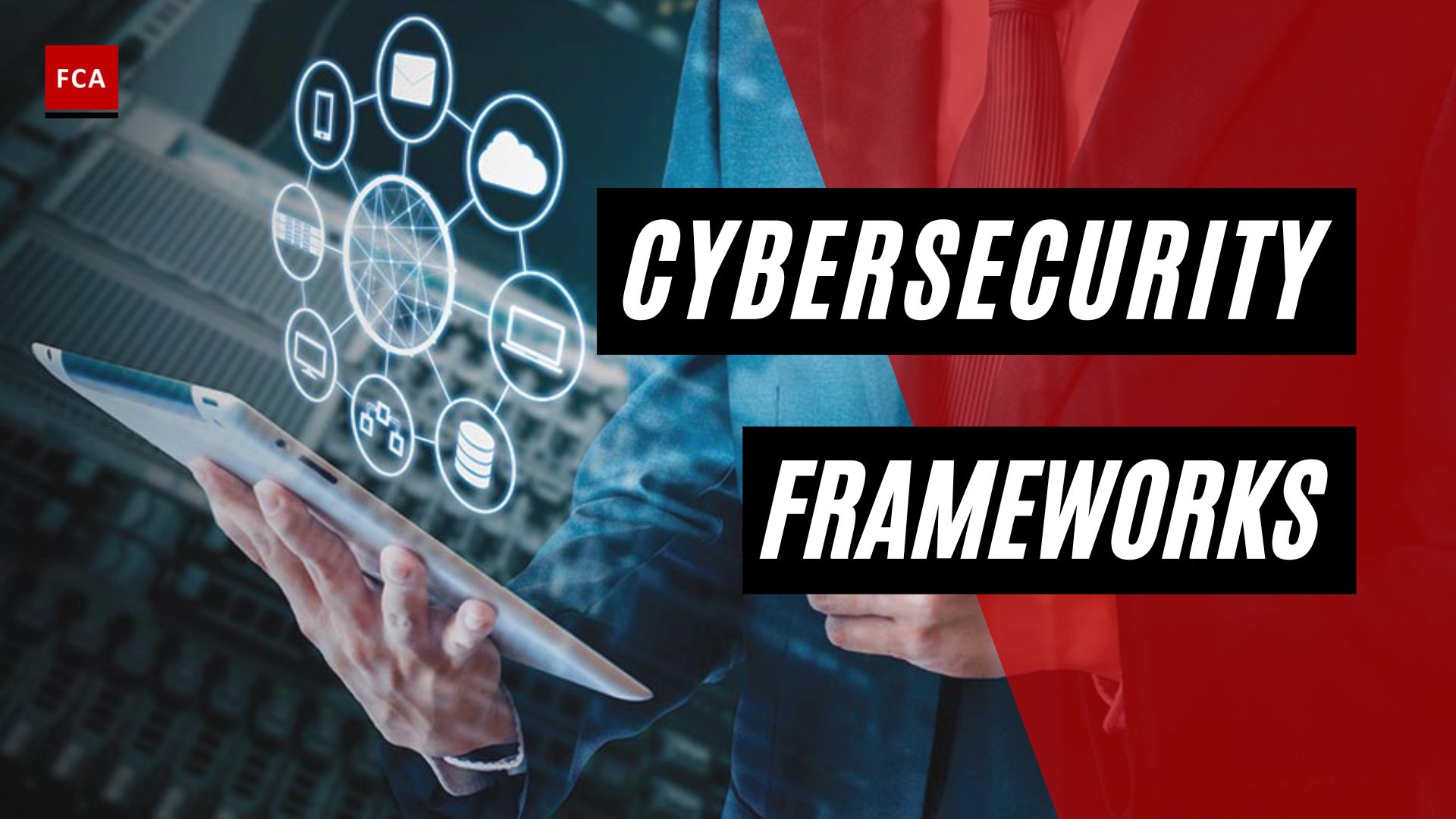Information asset risk planning is a critical program activity in information governance. In fact, much of information governance is about managing information risk, and information risk analysis is frequently a regulatory requirement. Many times, organizations have identified risks to information but have not taken the necessary risk assessment and mitigation steps to mitigate those risks.
Risks to information assets include noncompliance with legal regulations, technology risks centered on cybersecurity and system maintenance, external and internal data breaches, and management risks related to managing change, system planning, and providing proper training.

Understanding Risk and Information Asset Security Risks
An entity’s strategy and business objectives may be affected by potential events. A lack of complete predictability of an event and its related impact creates uncertainty for an organization. Uncertainty exists for any entity to achieve future strategies and business objectives.
The term risk is defined as “the possibility that events will occur and affect the achievement of strategy and business objectives.” There are different approaches to defining the risks. Generally, the risk is defined as the outcome of actions or events, which may result in a negative impact on the profitability or reputation of the entity.
Risk is often considered in terms of severity. In some instances, the risk may relate to the anticipation of an expected event that does not occur. In the context of risk, events are more than routine transactions; they include broader business matters such as changes in the governance and operating structure, geopolitical and social influences, and contract negotiations, among other things.
Some events that potentially affect strategy and business objectives are readily discernible a change in interest rates, a competitor launching a new product, or the retirement of a key employee. Others are less evident, particularly when multiple small events combine to create a trend or condition. For instance, it may be difficult to identify specific events related to global warming, yet that condition is generally accepted as occurring. In some cases, organizations may not even know or be able to identify what events may occur.
Organizations commonly focus on those risks that may result in a negative outcome, such as damage from a fire, losing a key customer, or a new competitor emerging. However, events can also have positive outcomes, such as better-than-forecast weather, stronger staff retention trends, or improved tax rates, which should also be considered. As well, events that are beneficial to achieving one objective may simultaneously pose a challenge to achieving other objectives.
For example, a product launch with higher-than-forecast demand positively affects financial performance. However, it may also increase the supply chain risk, resulting in unsatisfied customers if the company cannot supply the product.

Information Security Risk
Information Security risk is the risk of losing information or data which is confidential and valuable to the organization. Information needs to be protected by the organizations because the loss of information means the loss of financial and reputational losses. If the organization loses its valuable information, the customers shall lose confidence in the company and switch to other reliable companies.
Some risks have minimal impact on an entity, and others have a larger impact. Enterprise risk management practices help the organization identify, prioritize, and focus on those information security risks that may prevent the value from being created, preserved, and realized or that may erode existing value. But, just as important, it also helps the organization pursue potential opportunities.
Businesses and entrepreneurs must be willing to take risks to see results. Often, they take a risk by investing their savings in new businesses or ventures. Information security risk is a critical area, and organizations need to implement appropriate processes and controls to prevent the occurrence of information losses.
Entrepreneurs understand that there is a risk of failure if the ideas do not turn into expectations, but this understanding does not mean that businesses shall not take risks. The management must identify and assess the information security risks at both the entity and operational levels. The pervasive risks that potentially affect the management’s decision-making are crucial for the company’s profitability and reputation.
Final Thoughts
After all, an information security risk must have something at risk or an asset, an actor who can exploit a threat, and a way for it to occur, a vulnerability. If you discover a vulnerability but there is no threat to exploit it, you are at very low risk. Similarly, you may detect a threat but have already secured any vulnerabilities that it could exploit. Identifying risks is, of course, only the first step toward securing your organization. You must document them, assess and prioritize them, and then put security measures in place.









